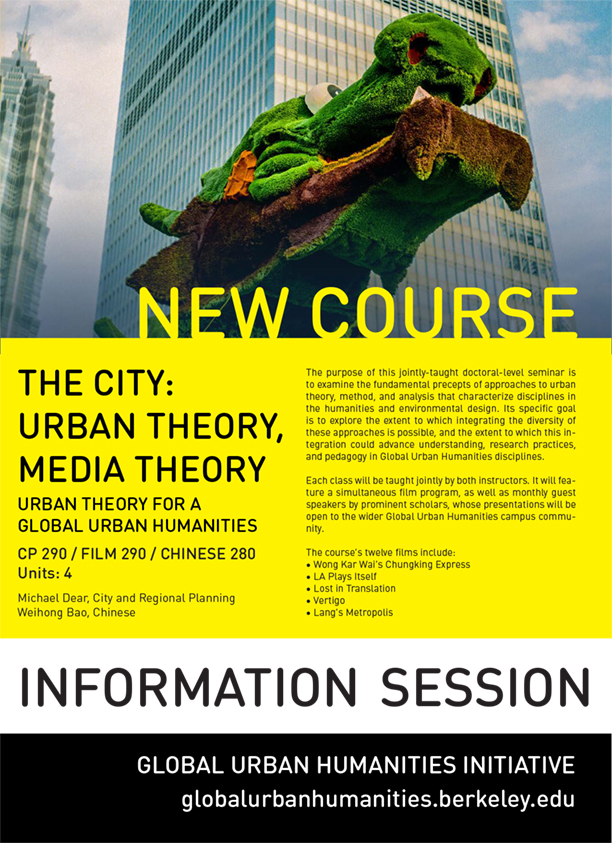Practicing Geohumanities
M.Dear, “Practicing Geohumanities,” GeoHumanities, 2015, 1(1), 1-16.
The age-old confrontation between two cultures—humanities and science—obscures the fact that their traditions are fundamentally similar in several respects. A primary source of the continuing fracture between the two cultures might simply be practitioners’preference for exclusionary ontological or epistemological worldviews, expressed most directly through the differing discipline-based standards of evidence that practitioners deploy or are willing to accept. In this article, I consider the nature of practice in the nascent geohumanities by uncovering the tracks of recent convergences in geography and the humanities, and by reflecting on case studies from my own recent work. Three aspects of transdisciplinary scholarly dialogue are highlighted: the standards of practice, the quality of work produced, and the ensuing pedagogy. I suggest ways of replacing the opacities of intellectual difference with the transparencies of recognition; how the outcomes of transdisciplinary practice might be judged; and practices in the transdisciplinary classroom.

UC Berkeley course offered in 2014.
